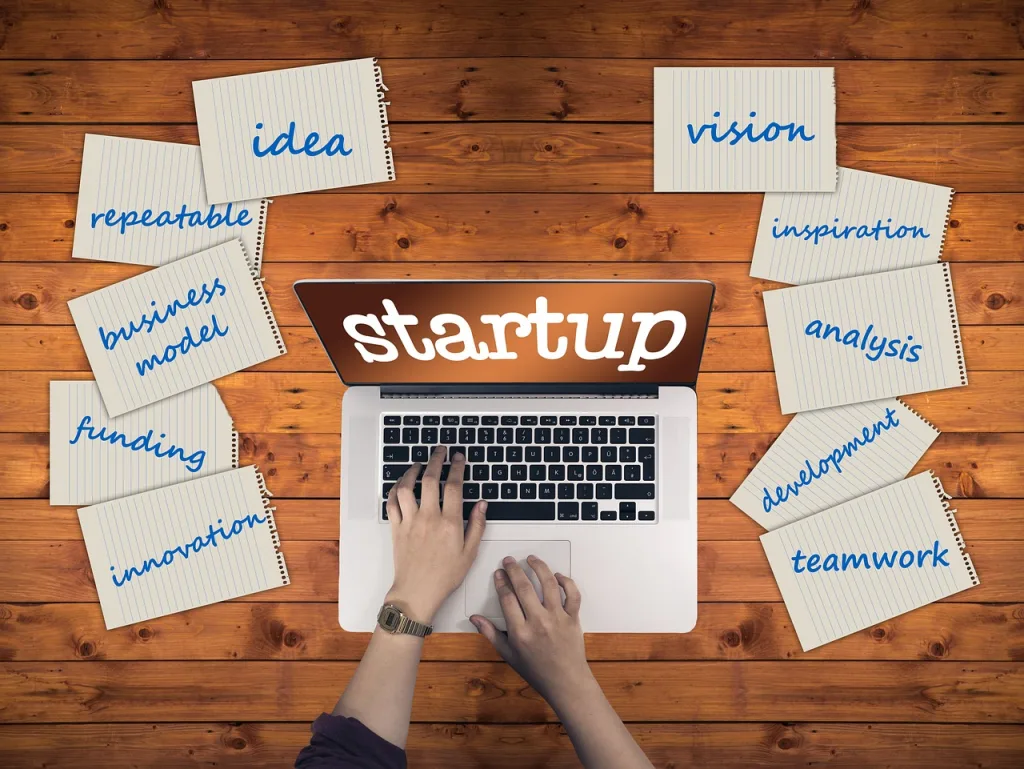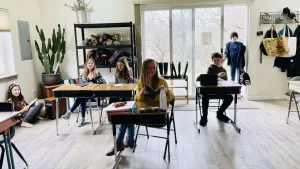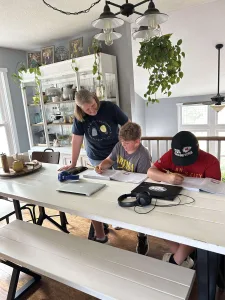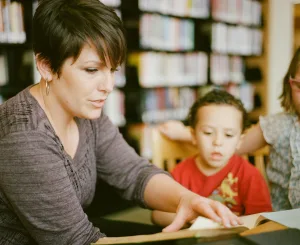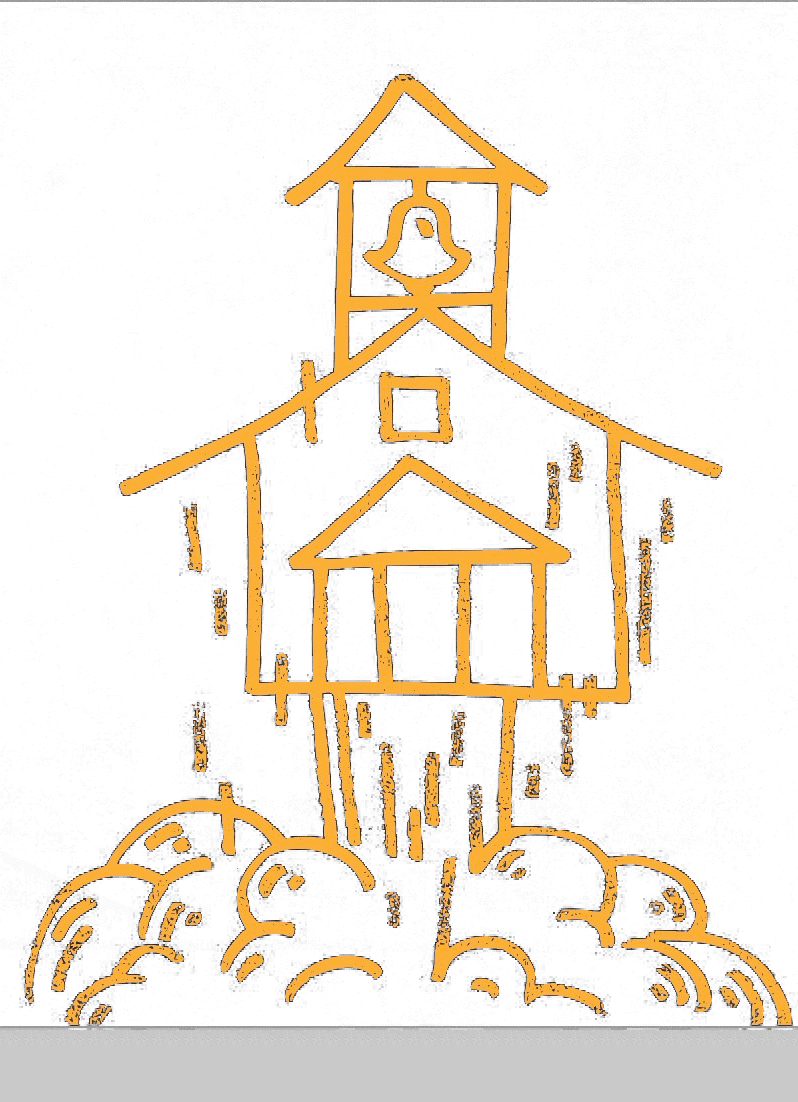I recently studied the work of economist and Harvard professor Roland Fryer. Beginning in 2010, he researched successful charter schools to determine the factors that most affected positive student outcomes. He proposed five broad tenets as the most important elements:
- Focus on human capital, including professional development and regular feedback;
- Using student data to drive instruction, recommending assessments every 4–6 weeks to ensure personalized learning paths;
- High-dosage tutoring in small groups to further personalized learning based on individual needs;
- Extended time on tasks, either by lengthening the school schedule or allowing for personalized schedules based on the areas in which students need more instruction; and
- Culture of high expectations created in the first week, making it clear that everyone is expected to succeed, and teachers and staff are there to help students succeed.
Sadly, after implementing a program to facilitate these five pillars in struggling schools in Houston, and seeing positive results, these seemingly obvious concepts didn’t seem to “catch fire” elsewhere, according to Fryer. His explanation: it’s hard work.
And it really can be hard work to make changes, especially to a system as large and cumbersome as the public school system. This is why I love the concept of microschools—small, niche learning environments that focus on very specific needs for particular learning communities.
As I embark on my second year running my own microschool, I am fine-tuning various parts of my systems, including educational methods and business practices. This reflection, combined with my research into Fryer’s experience with educational reform, has me thinking about the term “minimum viable product.”
In 2001, Frank Robinson, a co-founder of the product development consulting firm SyncDev, coined the term “minimum viable product.” The term was later popularized in the book The Lean Startup by Eric Ries. Essentially, a minimum viable product delivers the minimum features of a product in order to get the target audience using the product quickly at low investment, so you can observe real-world usage and respond with rapid iteration. The goal is to minimize risk and effort while maximizing the learning gained from user interactions.
In my startup year running a microschool, I have used many free tools: a whole suite of Google tools including Forms, Sheets, Docs, Pages, Slides, and Classroom; Jotform’s free account; and Wix websites. Even Agile Learning Center (the model I use for The Treehouse) has a free starter kit. Using these free tools, I created a simple, three-day-per-week hybrid program for homeschoolers—my minimum viable product. As I enrolled students, and started to work with families, I got real-world feedback about what was working and what needed adjustments.
Entering my second year of The Treehouse, I can now consider paid products that better fit my needs, and also fit a budget that is solidly based on actual revenue. And the exciting thing about the microschool movement is that there are MANY products being built to meet very specific needs. The founder of Our School Hangout, Sarai Zyzniewski, has developed an all-in-one billing and communications platform specifically designed for educational entities, and actively continues to seek out feedback to integrate the tools that her clients are requesting. There are companies eager to serve the individuals and families in this growing movement.
In planning my second year, I am considering the needs that I have discovered in the first year, and I ask myself two questions:
- What is the actual need I am trying to meet here?
- What is the simplest way to meet this need?
With each iteration and improvement, I am looking for the next minimum viable product. Sure, I have dreams about a large campus with an amazing building and a team of awesome facilitators. But as a new educational entrepreneur, I have preferred this more organic growth path.
Interestingly, this path is the same one I teach my students to follow. In our interest-led learning space, when they have an idea or goal, I ask, “What is the simplest way you can reach this goal?” The fact is, we can always take things further. But I have found that with learners who are discovering how to be self-directed (as well as entrepreneurs who are learning to be their own boss), the easiest path (or sometimes the path that sounds most fun) is the best starting place. In a traditional educational model, this may be looked down upon as “doing the bare minimum,” but in alternative education spaces, we can see this as practical. We value kids discovering what they are good at, what they enjoy, and what feels like a valuable use of their time.
Give yourself the same permission to develop a minimum viable product. Take the path that sounds the most simple, least expensive, quickest—even the most enjoyable. Meeting a need is meeting a need. And you can always iterate… just as soon as you have some data to instruct it.
